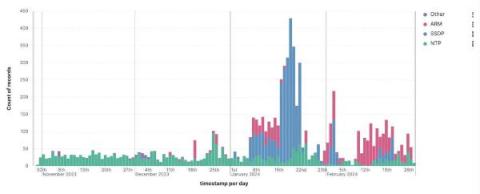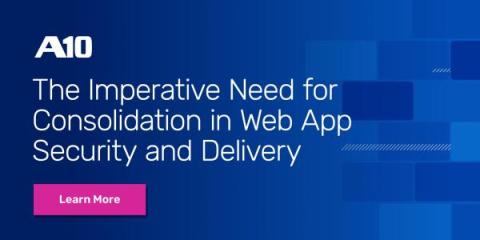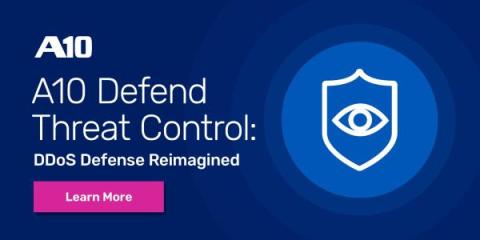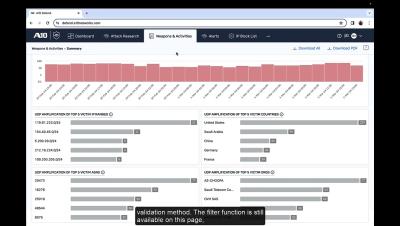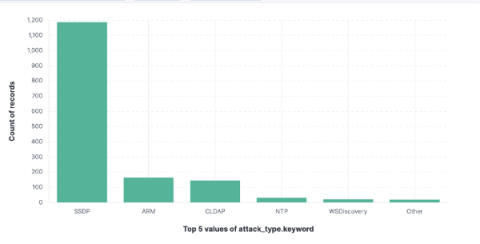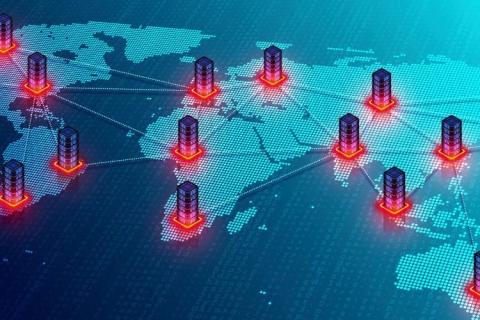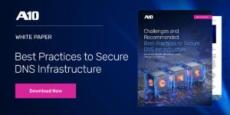Global DDoS Weapons in 2024: Bots Run Wild
What do you get when you bring soaring numbers of connected devices online around the world—more than 29 billion by 2027? For consumers and businesses, the Internet of Things (IoT) promises a life of ever-increasing convenience, efficiency, and insight. Unfortunately, cybercriminals have just as much to celebrate.



